Understanding Synesthesia
Synesthesia is one of the most fascinating and mysterious neurological traits known to science and art alike. For artists, it can be more than just a perceptual curiosity—it can fuel a unique creative process that blends senses in unexpected, breathtaking ways. But what is synesthesia, how do you know if you have it, and more importantly, how can you harness it to enhance your artistic voice?
Let’s dive deep into this phenomenon and its powerful role in artistic expression.
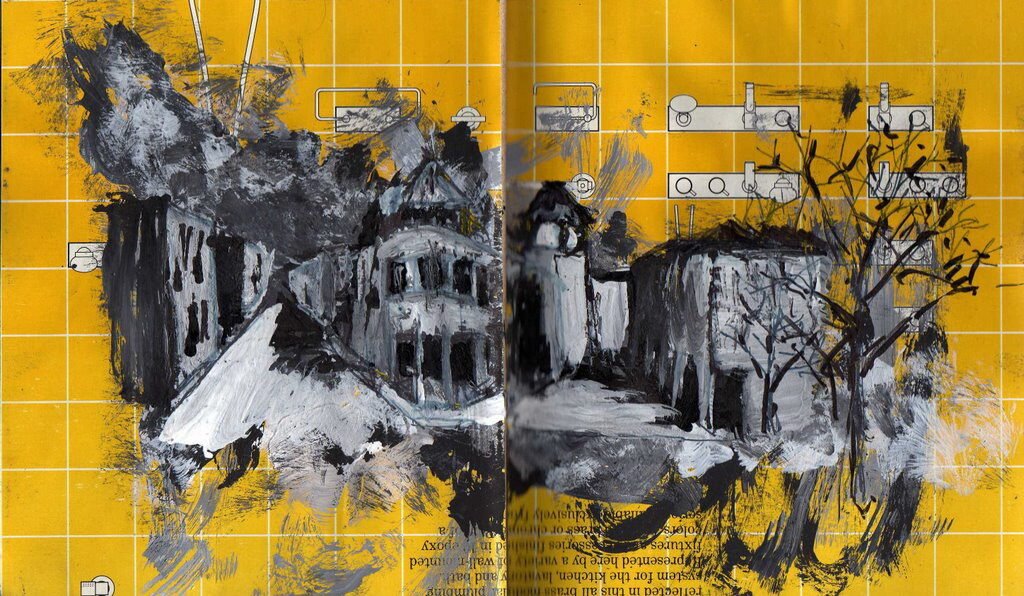
credit: GFWAGNER
Synesthesia is a condition in which stimulation of one sensory pathway leads to automatic, involuntary experiences in a second sensory pathway. For example, someone with grapheme-color synesthesia might perceive letters or numbers as inherently colored. Another person might hear musical notes and simultaneously perceive specific colors or shapes.
This isn’t imagination. For synesthetes, these cross-sensory experiences are consistent, involuntary, and woven into how they naturally interpret the world. It’s estimated that 4% of the population experiences some form of synesthesia, though many remain unaware of it until it’s pointed out or consciously explored.
Common Forms of Synesthesia Experienced by Artists
There are several types of synesthesia, and many artists report experiences in one or more of the following:
- Chromesthesia – where sounds produce colors or visual shapes
- Grapheme–Color Synesthesia – where letters and numbers are seen in specific colors
- Lexical–Gustatory Synesthesia – where words evoke taste sensations
- Number Form Synesthesia – where numbers exist spatially and follow mental maps
- Mirror-Touch Synesthesia – where feeling someone being touched causes the same sensation in the synesthete
Each of these can leave a bold imprint on an artist’s sensory memory, translating into one-of-a-kind visual or conceptual works.
How Do You Know If You Have Synesthesia?
Recognizing synesthesia starts with awareness. Many who live with it assume their sensory crossovers are normal. Here are some signs:
- You’ve always associated certain colors with numbers, letters, or days of the week.
- Specific sounds consistently evoke mental images, patterns, or hues.
- You “feel” music as textures or see time as spatially organized shapes.
If these experiences are consistent over time and seem automatic, you might be a synesthete. Some online tools and cognitive tests can help identify it, though diagnosis is typically anecdotal and observational.
Harnessing Synesthesia in the Creative Process
Artists with synesthesia often describe their practice as immersive and instinctual. Here’s how synesthetic experiences can guide and enhance your art:
- Visualizing Sound – Musicians and painters may use chromesthesia to guide color palettes or rhythm-driven brushstrokes.
- Designing with Taste or Scent – For multimedia artists, lexical–gustatory synesthesia offers an avenue to blend flavor and form.
- Mapping Words Spatially – Writers and poets may use spatial sequencing to build layered visual or literary narratives.
- Emotional Texture – Artists often associate texture, pressure, or visual movement with emotional response, creating deeper resonance in their work.
Whether you draw, compose, write, or sculpt, synesthesia invites a unique internal language that can connect you more viscerally to your creations.
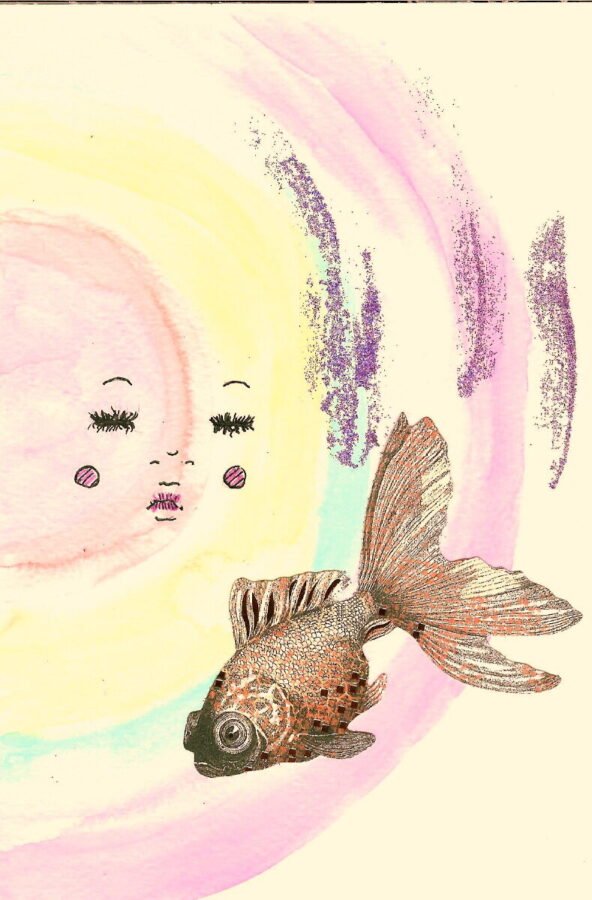
credit: MEGCANTU
Famous Artists with Synesthesia
Many renowned creatives have openly discussed their synesthesia, including:
- Wassily Kandinsky – Believed music and color were inseparable, and developed a theory of sound-color associations.
- Pharrell Williams – Describes “seeing” music and relies on color associations to shape his compositions.
- Billy Joel – Associates chord progressions with specific hues and emotional tones.
Their success illustrates how synesthesia can be both a tool and a muse.
Tips for Artists Exploring or Emulating Synesthetic Creativity
Even if you don’t experience synesthesia naturally, you can take inspiration from its principles:
- Create Sensory Maps – Assign colors to emotions, sounds to shapes, or visuals to scents.
- Experiment with Music – Draw, write, or design while immersed in different soundscapes.
- Layer Senses – Mix media that evoke more than one sense—like textured surfaces or scented materials.
- Meditate on Inputs – Close your eyes and imagine what a sound “feels” like in texture or motion.
These methods don’t replicate synesthesia but can add richness and complexity to your creative palette.
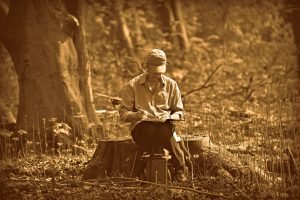
Sketchbooks.org | ON LOCATION
The Pleasure of Sketching in Your Garden
Gardens have long been a source of sketching inspiration for artists and creative minds. Whether you're a seasoned artist or a beginner armed with your first sketchbook, the garden offers an unparalleled environment to explore,...
Frequently Asked Questions
What is the main cause of synesthesia?
It’s believed to be genetic and neurological—people are born with it, and it often runs in families.
Can you develop synesthesia later in life?
Rarely, but some cases arise from trauma, meditation, or certain psychoactive experiences.
Is synesthesia considered a disorder?
No, it’s viewed as a neurological trait rather than a medical disorder.
How is synesthesia diagnosed?
Through observation, interviews, and consistency-testing tools, rather than medical diagnostics.
Can synesthesia be faked?
It’s difficult to fake due to the internal consistency genuine synesthetes demonstrate.
Does synesthesia help with creativity?
Many say it enriches their artistic work by providing a multisensory perspective.
Can I train myself to “think” like a synesthete?
You can mimic cross-sensory thinking through creative exercises and sensory association.
Are all synesthetic experiences visual?
No—they can involve sound, taste, touch, or spatial orientation as well.
Does synesthesia affect personality?
Some studies suggest a link to imagination and empathy, though it’s not definitive.
Final Thoughts
Synesthesia isn’t just a quirk—it’s a lens that allows artists to experience the world in rich, layered ways. Whether you’re one of the few who naturally live with it, or someone inspired to integrate sensory interplay into your work, synesthesia offers a gateway into a deeper kind of creative storytelling. Think of it as a creative superpower that blurs the boundaries between feeling, seeing, and expressing—your art might never be the same.
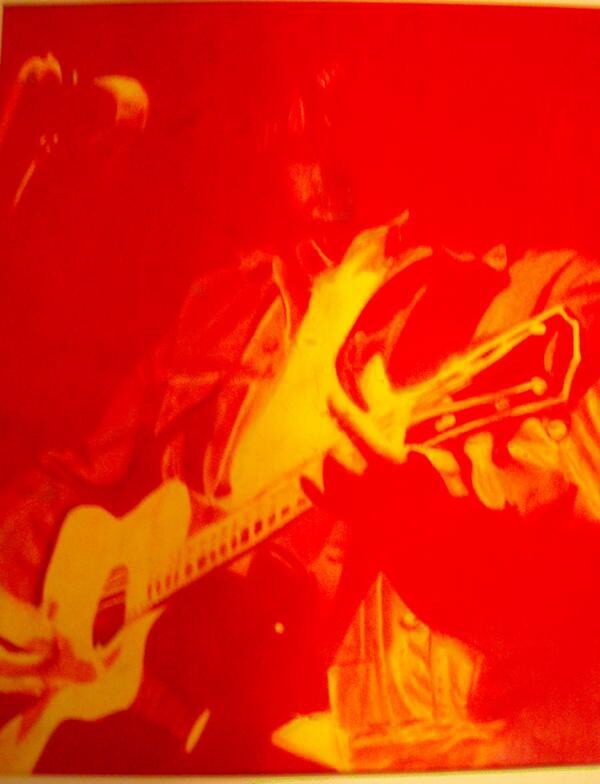
credit: SKETCHER312
Exploring Synesthetic Creativity (Even Without Synesthesia):
* CREATE SENSORY MAPS:
* Assign colors to emotions, sounds to shapes, visuals to scents.
* EXPERIMENT WITH MUSIC:
* Draw, write, or design while immersed in different soundscapes.
* LAYER SENSES:
* Mix media that evoke more than one sense (textured surfaces, scented materials).
* MEDITATE ON INPUTS:
* Close eyes, imagine what a sound “feels” like in texture/motion.
Ready to Share Your Work?
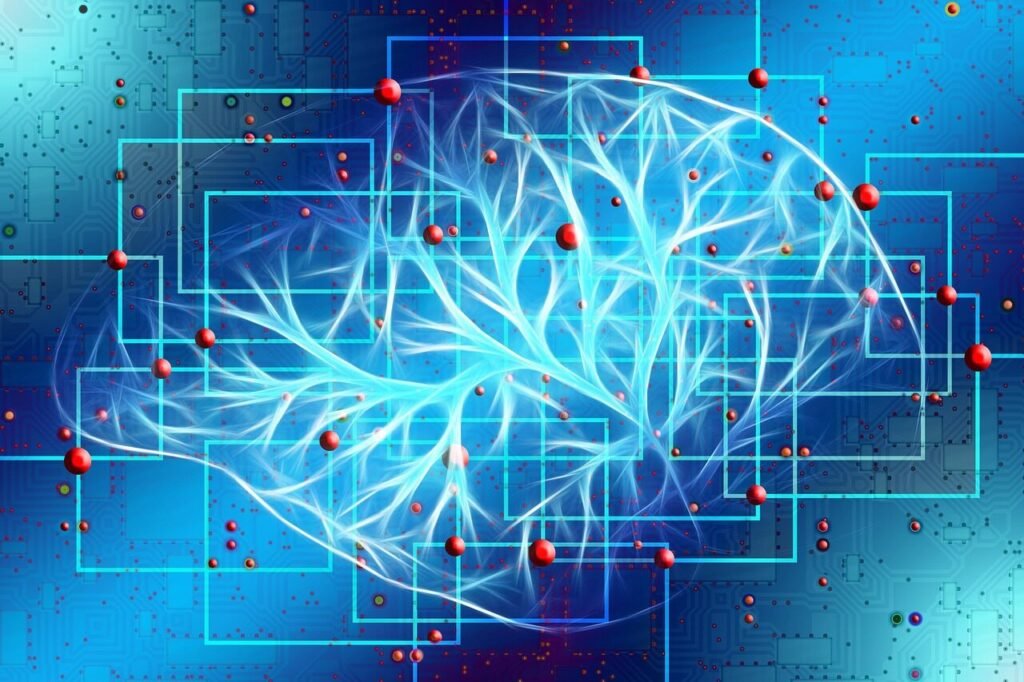

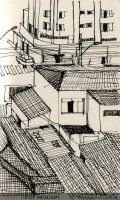
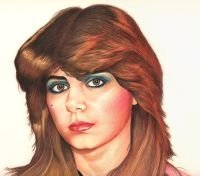
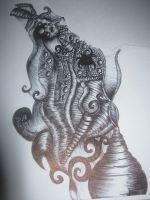

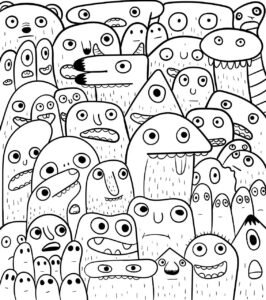
Super inspiring to think of music or taste influencing linework or palette choices